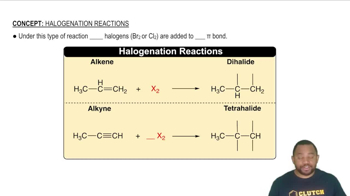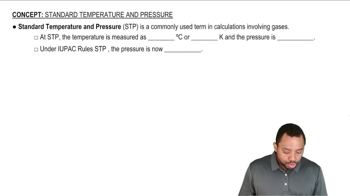Here are the essential concepts you must grasp in order to answer the question correctly.
Intermolecular Forces
Intermolecular forces are the attractive forces between molecules that influence physical properties such as boiling and melting points. The main types include hydrogen bonding, dipole-dipole interactions, and London dispersion forces. Understanding these forces is crucial for predicting the behavior of halogenated methanes, as their strength and type will vary based on molecular structure and polarity.
Recommended video:
Intermolecular vs Intramolecular Forces
Halogenated Methanes
Halogenated methanes are organic compounds derived from methane (CH4) where one or more hydrogen atoms are replaced by halogen atoms (such as fluorine, chlorine, bromine, or iodine). These compounds exhibit unique chemical and physical properties due to the presence of halogen atoms, which can significantly affect their intermolecular forces and reactivity.
Recommended video:
Critical Temperature and Pressure
Critical temperature and pressure are the conditions at which a substance can no longer exist as a liquid, regardless of the pressure applied. Above the critical temperature, the substance enters a supercritical state, where distinct liquid and gas phases do not exist. This concept is important for understanding the phase behavior of halogenated methanes under varying conditions, particularly in relation to their intermolecular forces.
Recommended video:
Standard Temperature and Pressure




